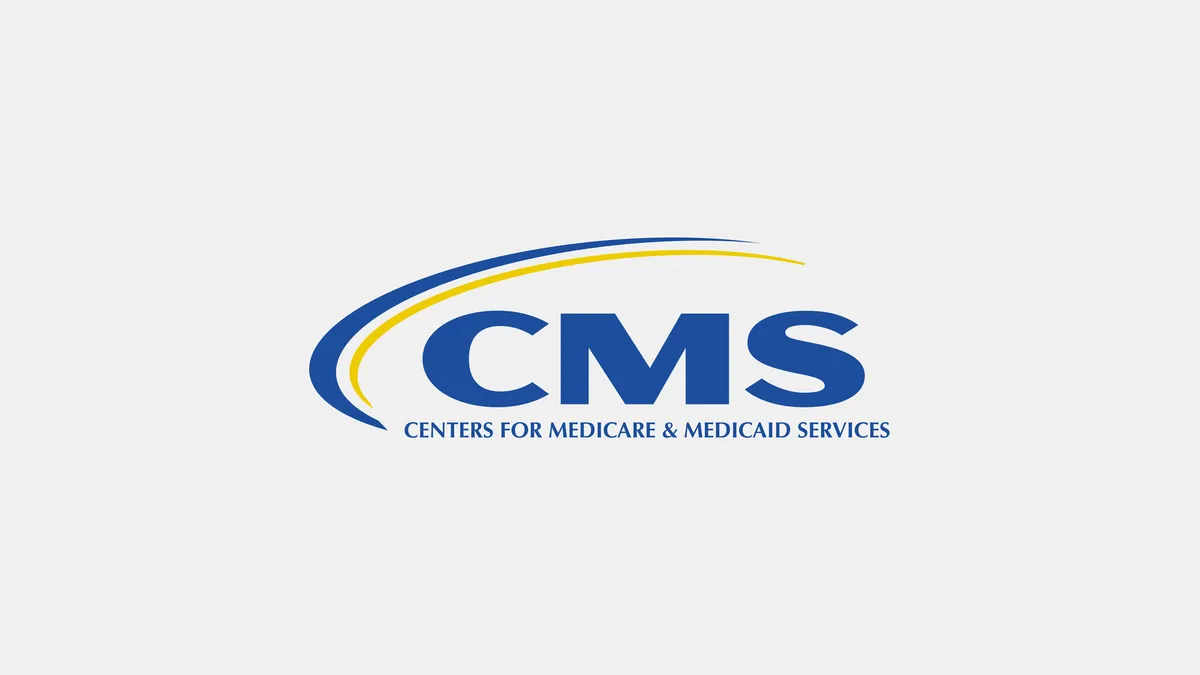Dive Brief:
-
CMS has finalized a three-year extension to a joint replacement bundled payment model that has driven down the cost of procedures in recent years.
-
The next three-year phase will start on Oct. 1, later than originally planned due to COVID-19 but still earlier than AdvaMed pushed for in feedback to the original draft.
-
Cowen analysts expect orthopaedic device manufacturers to avoid pricing pressure from the initiative and go on to mitigate future downsides by selling more products to each customer.
Dive Insight:
CMS introduced the Comprehensive Care for Joint Replacement Model (CJR) in 2016. Participants in the initiative receive a flat set of payments for each episode of care. Procedure costs fell at hospitals paid via CJR, leading CMS to propose extending the initiative by three years and revise aspects of the payment model.
Companies and organizations including AdvaMed, Johnson & Johnson, Smith & Nephew and Stryker voiced support for many of the changes while calling for CMS to rethink certain aspects of its plan.
CMS extended the fifth year of the initiative by three months, as the impact of the pandemic became clear, but groups including AdvaMed lobbied for a further delay. AdvaMed called for the fifth year to continue through to the end of 2021. CMS ultimately met the trade group part way, moving the end of the fifth year back by another six months. Year six will now start on Oct. 1 and run for 15 months.
Respondents including AdvaMed, J&J and Stryker also raised concerns about CMS plans to exclude current voluntary participants from CJR. The agency finalized a policy to exclude rural and low-volume sites in 2017 but allowed them to opt in to the third, fourth and fifth years of the initiative. CMS said 86 of almost 400 eligible providers opted in but it proposed shutting them out of the extension.
"The cost to evaluate the small voluntary arm of the model for years 6-8 would be excessive relative to the information we could glean from the small sample size," CMS wrote in its original proposal.
AdvaMed said the exclusion "will mean losing potential savings to the program," adding that the hospitals "have invested in infrastructure to run their programs with the expectation of continued opportunity to participate in bundled payment programs." In finalizing the proposal, CMS reiterated the need to exclude the hospitals to control costs and "minimize selection bias while evaluating the impact of the changes."
Premier, which includes approximately 4,100 U.S. hospitals and health systems, in a written statement said it was encouraged by the changes to the three-year extension of CJR. However, Premier also said it was concerned that CMS limited the extension to only hospitals in the mandatory regions.
"We believe hospitals that have voluntarily chosen to participate and are invested in this model should be allowed to participate in the extension," said Blair Childs, Premier's senior vice president for public affairs.
Analysts at Cowen see minimal impact from CJR on device prices, noting that CMS is currently focused on the costs of post-acute care. The initiative could evolve in ways that put pressure on the prices of devices but the analysts believe companies can mitigate that threat.
"We believe device manufacturers are increasingly preparing for a future need to sell the 'total solution' – that is, a full product line involving capital as well as implants to outpatient customers. This soup-to-nuts approach significantly increases the number of products sold to each customer, thereby decreasing the revenue impact from any price degradation for a single product," the analysts wrote.









